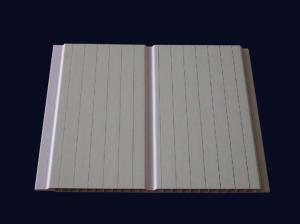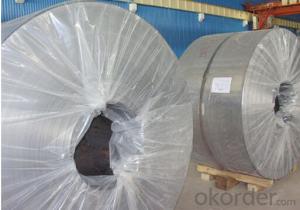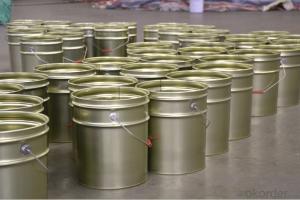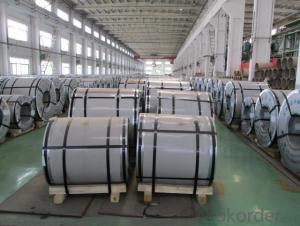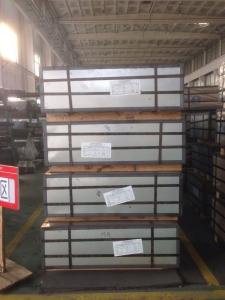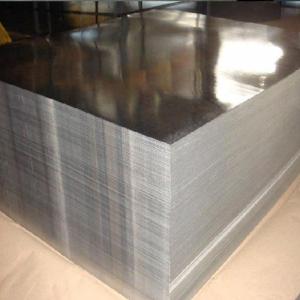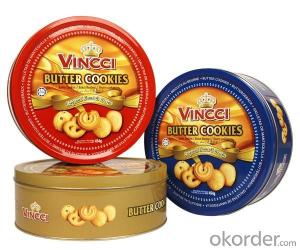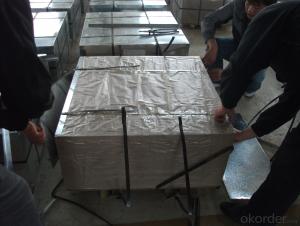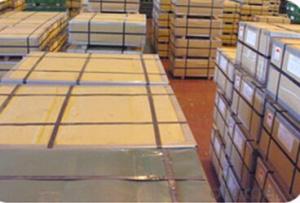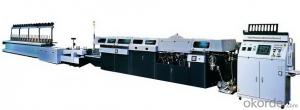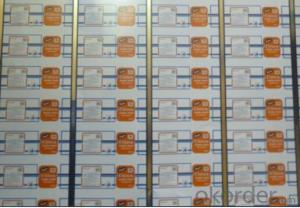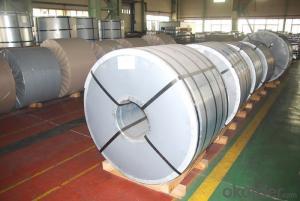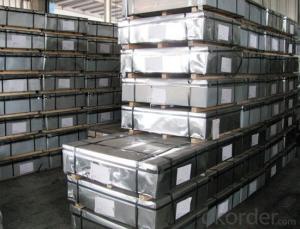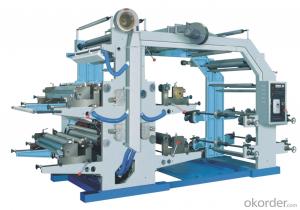Printing Tinplate
Printing Tinplate Related Searches
Printing Tinplate Sheet Double Reduced Tinplate Tinplate Metal Metal Mart Amarillo Tx Mth Tinplate Set Tinplate Model Trains Lionel Tinplate Blue Comet Tinplate Coating Mth Tinplate Christmas Printing TinplateHot Searches
Pvc Chairs For Sale China Aluminum Coil Factory pvc pipe manufacturers in usa Stainless Steel Factory China Pvc Geomembrane Pvc Roofing Sheets Price India Pvc Roofing Sheets Price Embossed Aluminum Coil Factory Aluminum Coil Factory pvc resin price index Aluminum Plate Factory Solar Inverter Factory Ceiling Fan Lowest Price Tinplate Factory Geomembrane Factory Ups Store Printing Prices Ups Store Printing Cost Tinplate China Mr Grade Plywood Price List Ups Store Printing PricesPrinting Tinplate Supplier & Manufacturer from China
Okorder.com is a professional Printing Tinplate supplier & manufacturer, offers integrated one-stop services including real-time quoting and online cargo tracking. We are funded by CNBM Group, a Fortune 500 enterprise and the largest Printing Tinplate firm in China.Hot Products
FAQ
- Tinplate is formed into different shapes through a process called metal stamping or deep drawing. The tinplate sheet is fed into a machine where a die and punch press it into the desired shape. The pressure exerted by the punch forces the tinplate to conform to the shape of the die, resulting in the formation of various shapes such as cans, containers, or lids.
- Tinplate offers several advantages for packaging. Firstly, it provides excellent protection against moisture, air, light, and other external factors that could potentially damage the packaged goods. This ensures the preservation of quality and extends the shelf life of products. Secondly, tinplate is highly durable and resistant to corrosion, making it ideal for long-term storage and transportation. Additionally, tinplate is easily recyclable, making it an environmentally friendly choice. Lastly, tinplate provides a versatile and attractive packaging option, as it can be easily shaped and decorated, enhancing the visual appeal of the product.
- Tinplate impacts the overall product design by providing a versatile and durable material that can be easily shaped and formed into various designs. Its corrosion resistance properties make it suitable for packaging applications, ensuring the product's integrity and prolonging its shelf life. Additionally, tinplate's aesthetic appeal and ability to be printed on enables creative branding opportunities, enhancing the product's visual appeal and marketability.
- Yes, tinplate can affect the taste and quality of food if it comes into direct contact with acidic or alkaline foods. Tin can leach into the food, altering its flavor and potentially compromising its quality. However, the use of food-grade coatings on tinplate can help minimize any potential taste or quality issues.
- The printing process can have both positive and negative effects on the durability of tinplate. On one hand, the application of a protective coating during the printing process can enhance the tinplate's resistance to corrosion, scratches, and other forms of damage. This can significantly improve its overall durability. On the other hand, if the printing process is not done properly or if low-quality inks or coatings are used, it can weaken the tinplate's protective layer, making it more prone to wear and tear. Therefore, the printing process plays a crucial role in determining the durability of tinplate.
- Tinplate packaging contributes to product protection against leakage primarily due to its durable and corrosion-resistant properties. The tin coating on the steel substrate prevents any contact between the product and the surrounding environment, minimizing the risk of leakage. Additionally, tinplate packaging is often manufactured using advanced sealing techniques, ensuring airtight and leak-proof closures. Overall, the robust nature of tinplate packaging serves as a reliable barrier, safeguarding the product from potential leakage and preserving its quality.
- The shelf life of tinplate canned goods can vary depending on the type of food, packaging integrity, storage conditions, and the specific expiration date indicated on the can. However, in general, properly stored tinplate canned goods can have a shelf life of 1 to 5 years. It is important to check for any signs of damage, bulging, or rust before consuming canned goods to ensure their safety.
- Yes, tinplate can be used for automotive components. Tinplate is a type of steel coated with a thin layer of tin, which provides excellent corrosion resistance and durability. Automotive components such as fuel tanks, exhaust systems, and body panels can be made from tinplate due to its strength, formability, and resistance to rust.
